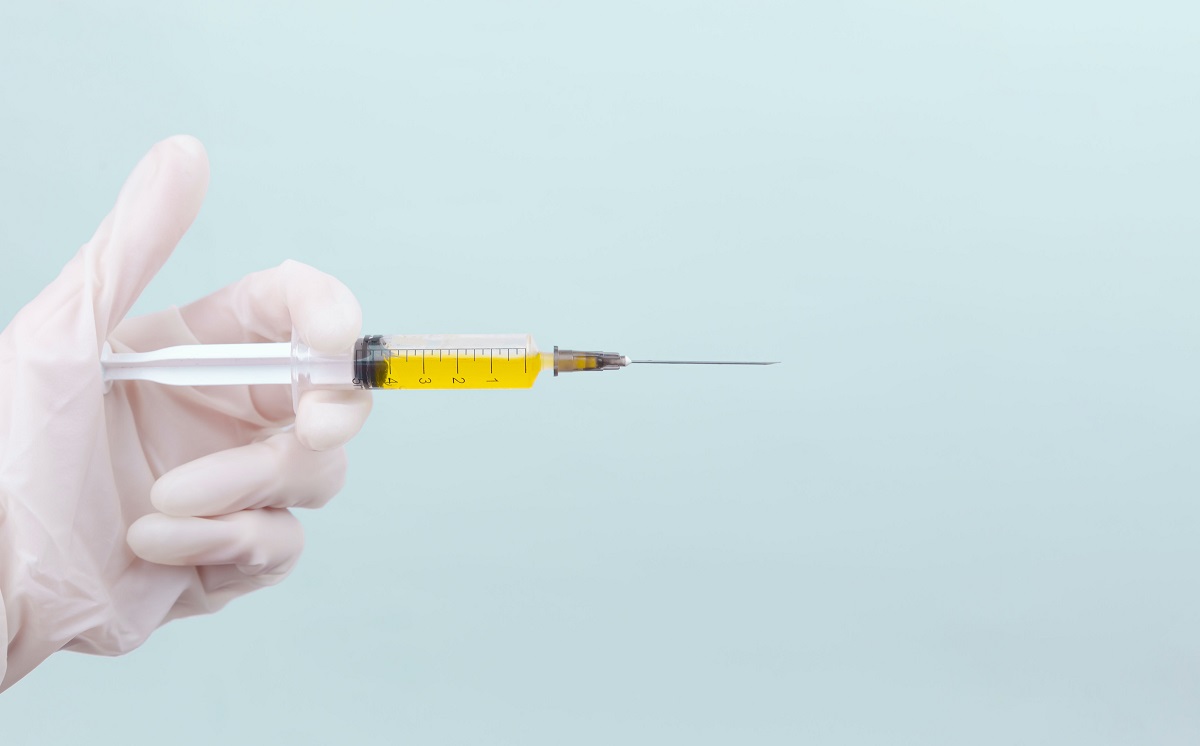
At the heart of any pharmaceutical product is the container closure system. Each type of primary container has distinctive attributes, strengths and areas of considerations. Rapid growth in innovative and targeted molecular entities such as monoclonal antibodies, interferons, peptides and vaccines has spurred the growth of prefilled syringes (PFS), and it is expected to reach $10.57 billion by 2027. PFS also reduces chances of contamination and dosing errors leading to greater patient compliance and dose consistency.
Although patients have hugely benefited from PFS, there however are some disadvantages to their use. Unique pieces of equipment are required for filling and sealing them, which require special engineering and maintenance expertise. This article aims to discuss some of the challenges involved in producing PFS and approaches to address them.
Novel Materials of construction for PFS
Syringes are composed of the barrel, piston, plunger rod, needle and tip cap or needle shield. Syringe barrels are made of Type I glass or plastic, glass being the most popular preference in markets worldwide. However, although unreactive, glass is not inert. Alkali metals can leach out of glass, causing pH shifts in the solution. Some molecules get adsorbed on the charged glass surface, leading to decreased potency of the drug. This, coupled with breakage concerns, have resulted in the development of PFS using other materials such as cyclic olefin polymer (COP), cyclin olefin copolymer (COC), polypropylene (PP) and polycarbonate (PC) PFS.
Filling of PFS
Automation and robotic handling units give manufacturers faster, more effective and flexible methods of filling with lesser human interventions. Today new filling and stoppering machines are usually automated and equipped with restrictive access barrier systems (RABS) or isolators. Robotic arms can perform a whole array of functions, including de-bagging to remove an external bag of the tub, de-lidding for Tyvek® film removal, which is used to maintain sterility of RFS, subsequently followed by filling and stoppering of PFS within RABS. Isolator/RABS are also equipped with various online sensors for fill volume, visual inspection, particulate detection and headspace analysis.
Lubrication of PFS
Lubricants like silicone oil are used in PFS to ensure smooth plunger action with lower injection force. It has the potential to interact with biologics, resulting in the formation of aggregates. Siliconisation involves the introduction of supplementary material into the prefilled syringe system, in addition to the actual injected compound. Silicone layers can also interfere with analytical assays by releasing subvisible particles to the liquid phase. Storage and shipping conditions, temperature and agitation, can affect these layers and their interaction with the syringe surface.
XSi™ technology based on the cross-linked silicone chain networking results in a modified lubricant that acts as a barrier to silicone emulsification, reducing the migration of oil from the barrel with full gliding performance. Moreover, no alterations to existing PFS manufacturing or filling lines are required for its adoption. ‘Baked on siliconisation’ uses oil in water emulsion sprayed into the barrel and subsequently baked on the inner surface in a dedicated heat chamber. However, this method is only applicable for glass syringes since the barrel is heated to more than 300 °C to evaporate the water of emulsion and help bond the silicone oil to the syringe, thereby dramatically lowering residual free silicone in the PFS. One of the approaches to develop silicone-free syringes is by coating the syringe components with polytetrafluorethylene (PTFE) fluoropolymer coating. This ultra-thin, low friction coating provides an unparalleled combination of lubricity, chemical and biological inertness.
Sterilisation of PFS
The most commonly employed methods for sterilisation of PFS are steam, ethylene oxide (EO) and gamma radiation, which have some apparent limitations. Steam sterilisation is the primary method that involves a temperature of 121°C, which is not well suited for newer plastic-based syringes, fluoropolymer coatings and sensitive biologics. EO sterilisation presents an alternative to steam sterilisation for the external surfaces of PFS but requires a temperature of 40-60°C and a relatively deep vacuum, which can have an adverse effect on heat-labile products. Also, the vacuum can cause unacceptable stopper movement. EO also requires lengthy aeration phases (9-17 days) at elevated temperatures to remove residues from the plastic syringes. Gamma radiation, which requires a short aeration time and has relatively better material and drug compatibility, is not ideal for an aqueous drug system as it produces toxic free radicals in the solution, which can react with lubricants used in plastic syringes.
Nitrogen dioxide sterilisation can be a suitable option for products like prefilled syringes, drug delivery systems and medical devices that face challenges with ethylene oxide, gamma radiation, or other conventional sterilisation methods. It sterilises at ultra-low temperature (10°C to 30°C) and functions with or without vacuum and humidity. Noxilizer, Inc. recently announced a clearance from the US FDA for a medical device terminally sterilised using’s Noxilizer’s nitrogen dioxide sterilisation process.
Conclusion
The growth of PFS will be driven by innovations in syringe technologies and materials to make PFS better, safe and more convenient than ever before. New technologies and market considerations must be recognised to realise the complete potential of PFS so that their range of applications can be expanded.
References
- Fortunebuisness insights. Medical devices/Pre filled syringes market. https://www.fortunebusinessinsights.com/industry-reports/prefilled-syringes-market-101946
- HergetC, “An Innovative Solution to Address Silicone-Related Concerns”. ONdrugDeliveryMagazine, Issue 64 (Feb 2016), pp 20-23.
- Dounce SM, “The Evolution of Fluoropolymer Coatings for Parenteral Packaging”.ONdrugDelivery Magazine, Issue 55 (Feb 2015), pp 26-31.
- Gregory S, Roger A, Miller R. Pre-filled syringes: a review of the history,manufacturing and challenges. Pharm Dev Technol, 2015; 20(1): 1–11.
- Petersen C, “PrefillableSyringe Developments to Meet Biotech Drug Needs”. ONdrugDelivery Magazine, Issue 83 (Feb 2018), pp 18-22.
- Medical product outsourcing. FDA Clears Medical Device Sterilized Using a Nitrogen Dioxide-Based Process. https://www.mpomag.com/contents/view_breaking-news/2016-06-02/fda-clears-medical-device-sterilized-using-a-nitrogen-dioxide-based-process
- Drug Development and Delivery. Prefilled syringe sterilization – NO2 Sterilization: A Flexible Solution for Prefilled Syringes. https://drug-dev.com/prefilled-syringe-sterilization-no2-sterilization-a-flexible-solution-for-prefilled-syringes
- Ingle R, Agarwal A. Pre-filled syringe — a ready-to-use drug delivery system: a review. ExpertOpin. Drug Deliv. (2014) 11(9):1391-1399.
